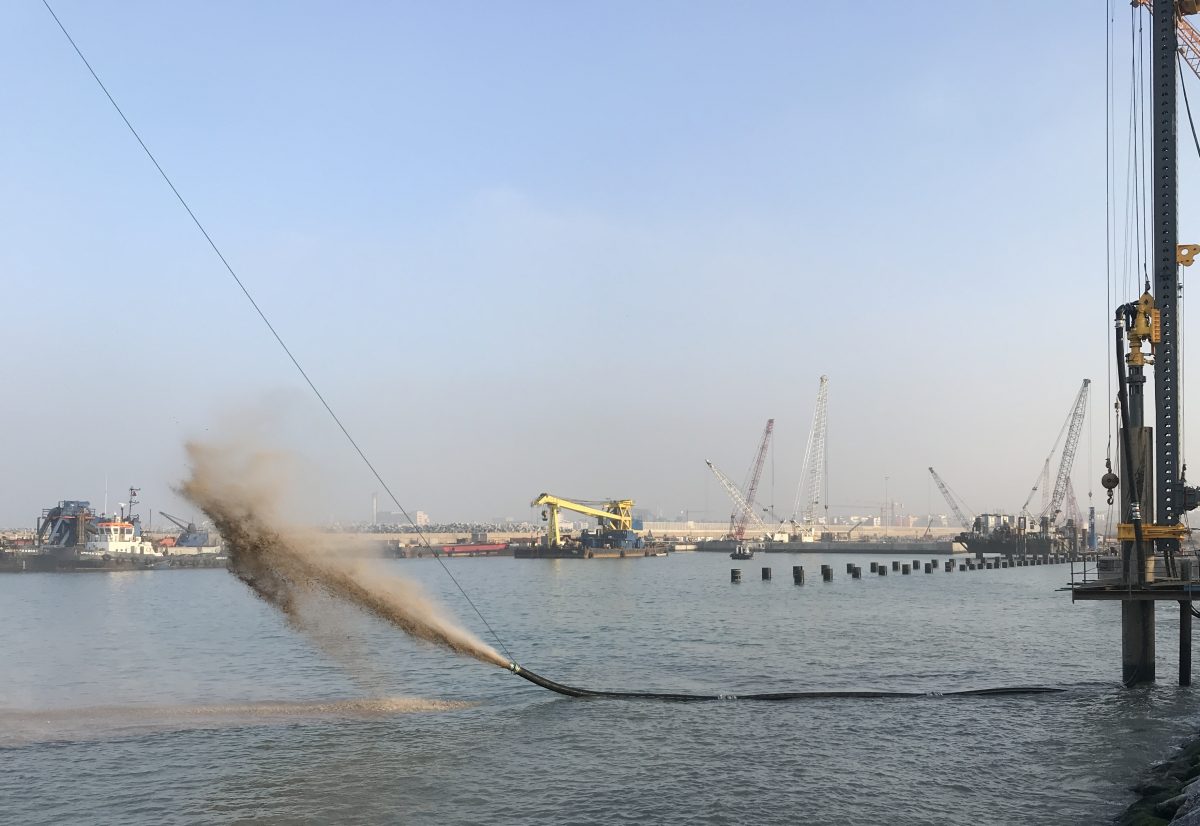One important aspect of drilling which often is neglected is the up-hole velocity. With few simple steps the up hole velocity could be optimized which in turn can improve project economy, production speed and prevent break downs.
Why
is this so important?
Ground conditions can vary from hole to hole or the bed rock can be at
different levels even at the same worksite, not to mention moving the equipment
longer distances. One setup can work in one place but break down in another. To
minimize break downs and optimizing production speed, up hole velocity is a key
aspect of drilling.
How does
poor up hole velocity show?
Cuttings that have been drilled lose should come up the hole in controlled and
continuously flow, not bubble down in the hole and come all of the sudden. If this
happen then we know that the cuttings have been building up in the hole to a
level that a plug of drilled material has been created and therefor comes shooting
up to the surface.
What
happens if the cuttings don’t come up?
If the cuttings does not get lifted to the surface then cuttings starts to get
collected in the hole and add on weight above the hammer creating a back
pressure. This will lower the energy efficiency of the hammer as the airflow
through the hammer will decline. As a consequence the flushing of the bit face will
decrease which is essential when it comes to expose new fresh material for roto
percussion drilling.
This results in
- Increase of wear on the drilling equipment as the cuttings will act like sandpaper
- Production speed will decrease since bit face and hole is not cleaning efficient
- Getting the maximum output of the equipment that is used
- Operational cost increase as drilling will take longer
- Worst case scenario, the equipment can get stuck in the hole if air flow disappear and cuttings will drop down on top of the hammer.
What can be done to increase the up-hole velocity? There are two ways to increase the up hole velocity.
1: Increase the air volume. This will increase the running costs as more air is needed, it also requires that the hammer can pass through the air volume or else this isn’t an option. This approach is only recommended if the project is small and the equipment will not be used again and therefor keeps the investment cost down.
2: Increase the OD of the drill string. This is a better solution which over time will payback itself with lower running costs, less failure and improved production speed without increasing the running costs.
Want to learn more how to optimize your drill string?
Please contact your TerraRoc sales representative!

